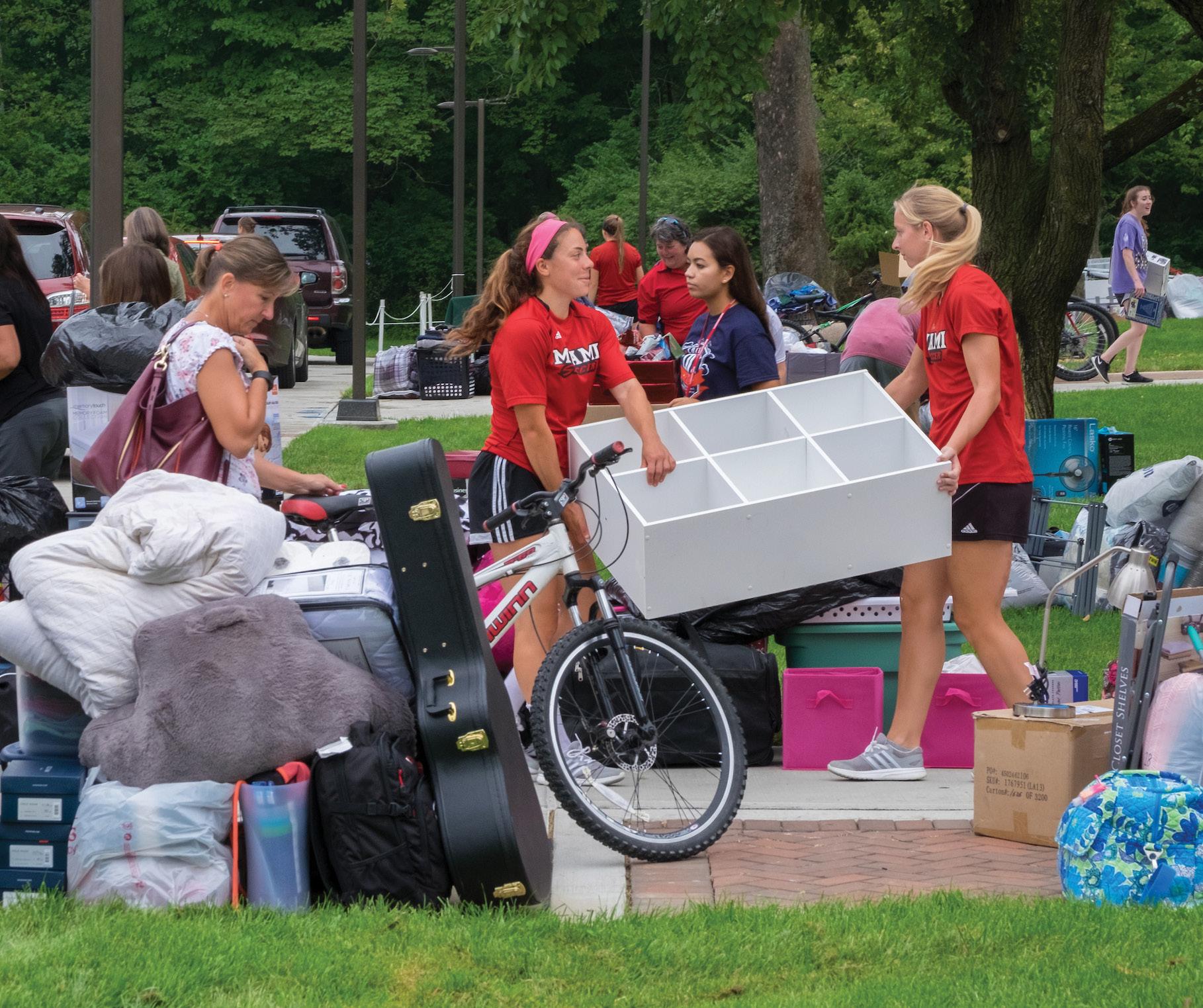
3 minute read
The Academic Adjustment from High School to College
By Vicki Nelson
You can support your first-year student by talking with them about how their college academic experiences will differ from high school in three major areas:
1. Classes and assignments
Lectures may not directly follow the textbook, but students are still responsible for material covered in the book as well as in class. Students might not be tested on material assigned early in the term until much later or even on the final exam. Professors may not remind students of upcoming assignments or exams and may spend little or no time reviewing material. Students are expected to manage their own progress by following the syllabus, and in general the pace of classes is faster. College assignments often emphasize theory and the application of concepts over learning facts. Instead of regular quizzes and chapter tests, there may only be two or three big tests or projects. The professor may or may not consider attendance, attitude and effort when calculating your student’s final grade. 2. Expectations outside of the classroom
Free time: Most high school students spend 6–7 hours a day in class, five days a week. College students may spend as little as 12–15 hours per week in the classroom. Those extra 20+ “free” hours per week mean that students are free to schedule their study time as they wish, not that they don’t have anything to do during that time. Doing the work: Students are expected to do most of their coursework outside of class. T hey can expect to spend an average of two hours outside of the classroom for every hour spent in the classroom. In other words, a student carrying 15 credits (15 classroom hours) should be spending an additional 30 hours per week on classwork. Many students who struggle academically do so not because of their ability but because they underestimate the amount of time they should spend studying. Finding help: Almost every college offers resources to help students succeed. However, students are responsible for knowing those resources, recognizing their need for help, and taking advantage of the help available. Encourage your student to seek help early and often.
In high school, students have little control over their schedule and both teachers and parents help them stay on track. In college, students are expected to keep track of their own work and progress. Students who are ready to advocate for themselves and take advantage of the support available are students who succeed.
3. Relationships with professors
Many college students don’t take advantage of the mentoring that faculty members can provide. You can help your student understand the importance of connecting with instructors and also give them tips for how to foster this connection.
Taking the initiative: In high school, students have daily contact with their teachers. In college, they may see a particular professor only a couple of times a week. Most professors want to get to know their students better and help them succeed, but it’s the student’s responsibility to reach out. Office hours: Going to office hours is the easiest and best way for students to get to know their professors. Students can use these conversations to get feedback and ask for suggestions about how to improve.
Teaching Assistants and study
sessions: Most college professors are experts in their field of study, but may have less training in teaching methods. If your student’s learning style doesn’t seem to match the professor’s teaching style, they may need to reach out for clarification of material. Teaching Assistants are upper level students who help run discussion sections, labs and study sessions and are approachable and knowledgeable.









